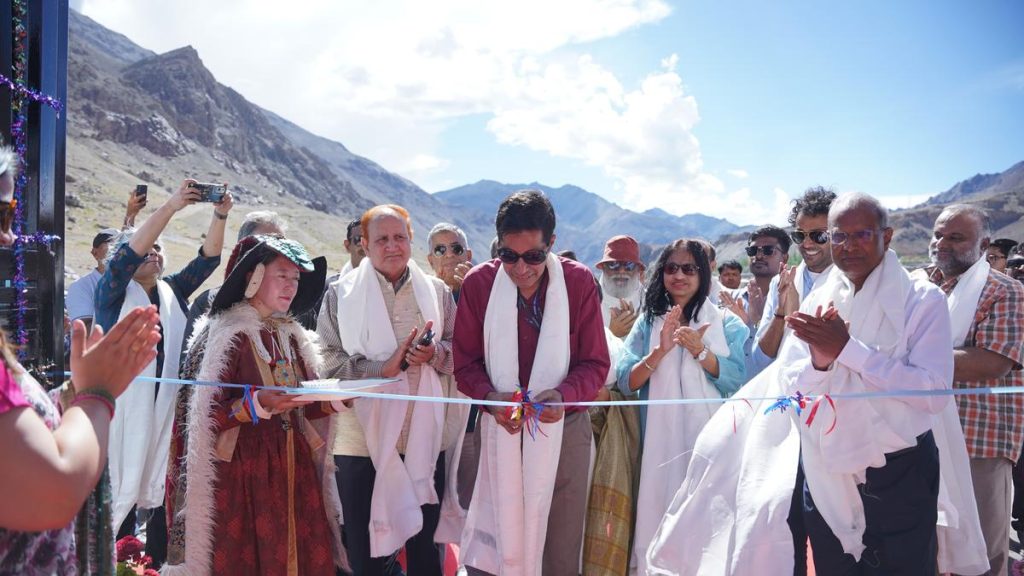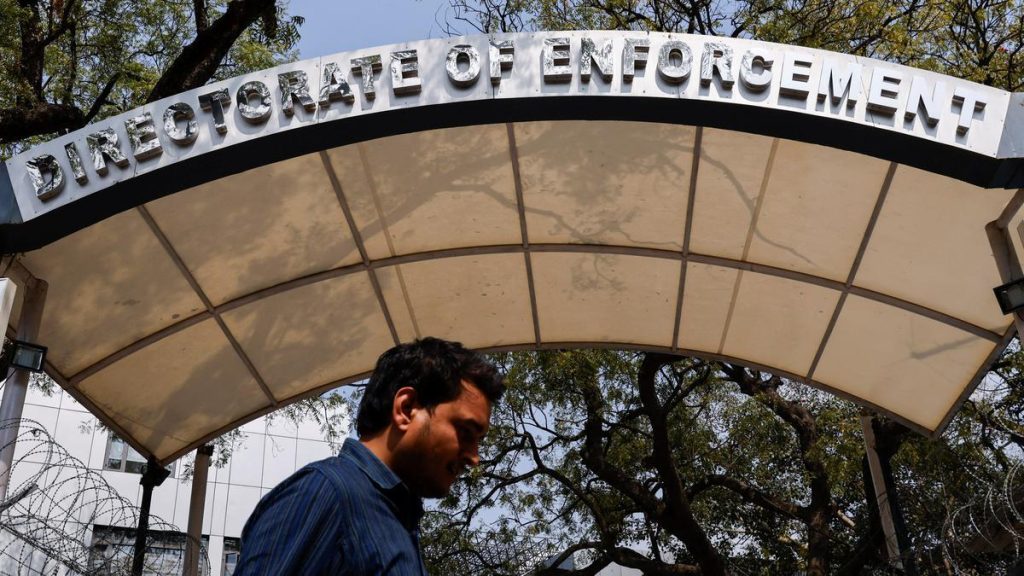Now Reading: Satellite Data Reveals Volcano-Ready Trees Turning Greener Before Eruption
-
01
Satellite Data Reveals Volcano-Ready Trees Turning Greener Before Eruption
Satellite Data Reveals Volcano-Ready Trees Turning Greener Before Eruption

Quick Summary:
- Scientists have discovered a method to predict volcanic eruptions by examining the greenness of trees around volcanoes, wich correlates with increased carbon dioxide (CO2) levels.
- Research leveraging satellites from NASA and the Smithsonian Institution enables monitoring vegetation changes remotely instead of relying on ground-based observation.
- CO2 emissions, one of the earliest indicators of eruptions, boost surrounding plants’ health, making leaves greener and more vibrant, detectable through space imaging.
- A study using Landsat 8 revealed a correlation between greenness spikes in vegetation and CO2 emissions near Mount Etna from 2011-2018, coinciding with magma movements.
- The method has limitations in areas without dense tree cover or where external factors such as fire or disease affect vegetation responses to carbon dioxide levels.
- Experts stress that this technique is not a definitive solution but could enhance early warning systems for volcanic activity significantly when used alongside other methods like sulfur dioxide tracking, seismic monitoring, and ground deformation studies.
Indian Opinion Analysis:
While India is not home to active volcanism on the scale observed elsewhere globally (e.g., Mount Etna or Chile), developments in satellite-based volcano monitoring hold broader implications. Indian scientists can apply similar methodologies in environmental surveillance programs and disaster preparation strategies for regional hazards such as earthquakes or landslides that alter land ecosystems akin to volcanic activity’s impact.
Moreover, India’s advancing capabilities in satellite technology make it well-positioned to collaborate internationally on research initiatives like AVUELO mentioned here-leveraging expertise developed through ISRO’s Earth observation missions. While direct application for volcano monitoring might potentially be limited domestically due to geographic context concerning active volcanism zones worldwide (Indonesia/Hawaii/Italy comparison), these global models indirectly advance tools applicable across India’s own climatological challenges spanning Himalayas erosion cycles faster ecosystem distress cites-facing Read updates!.
























